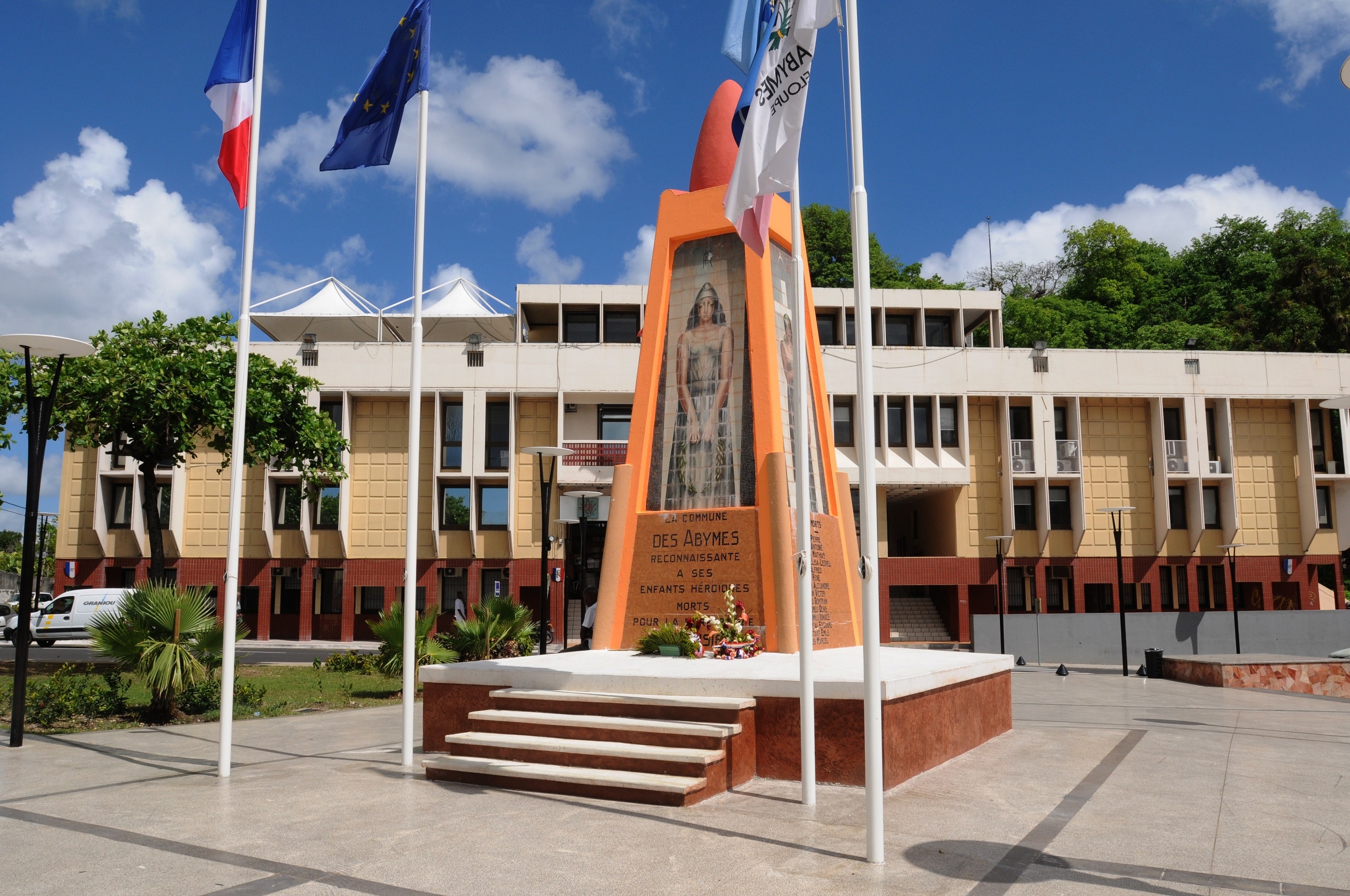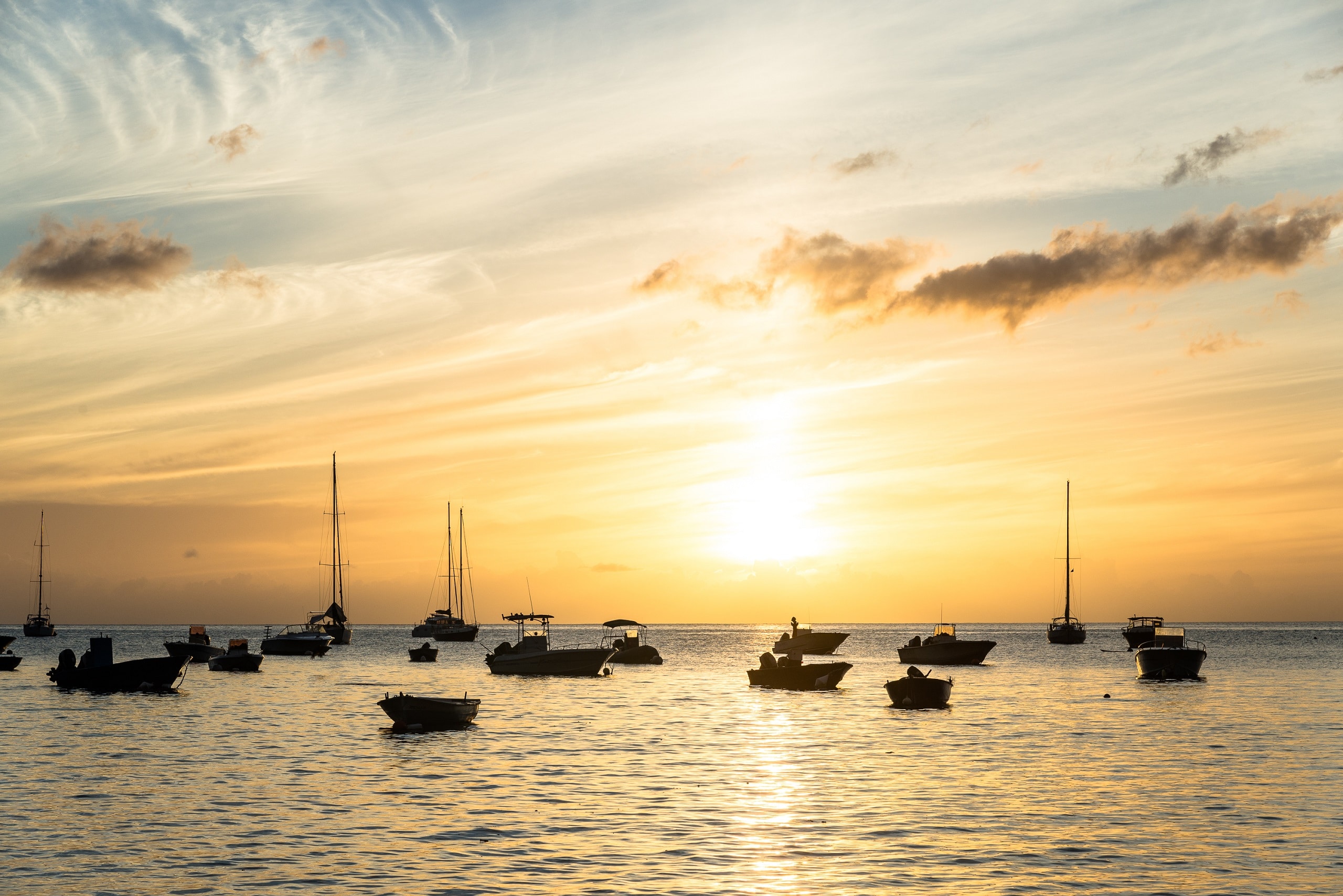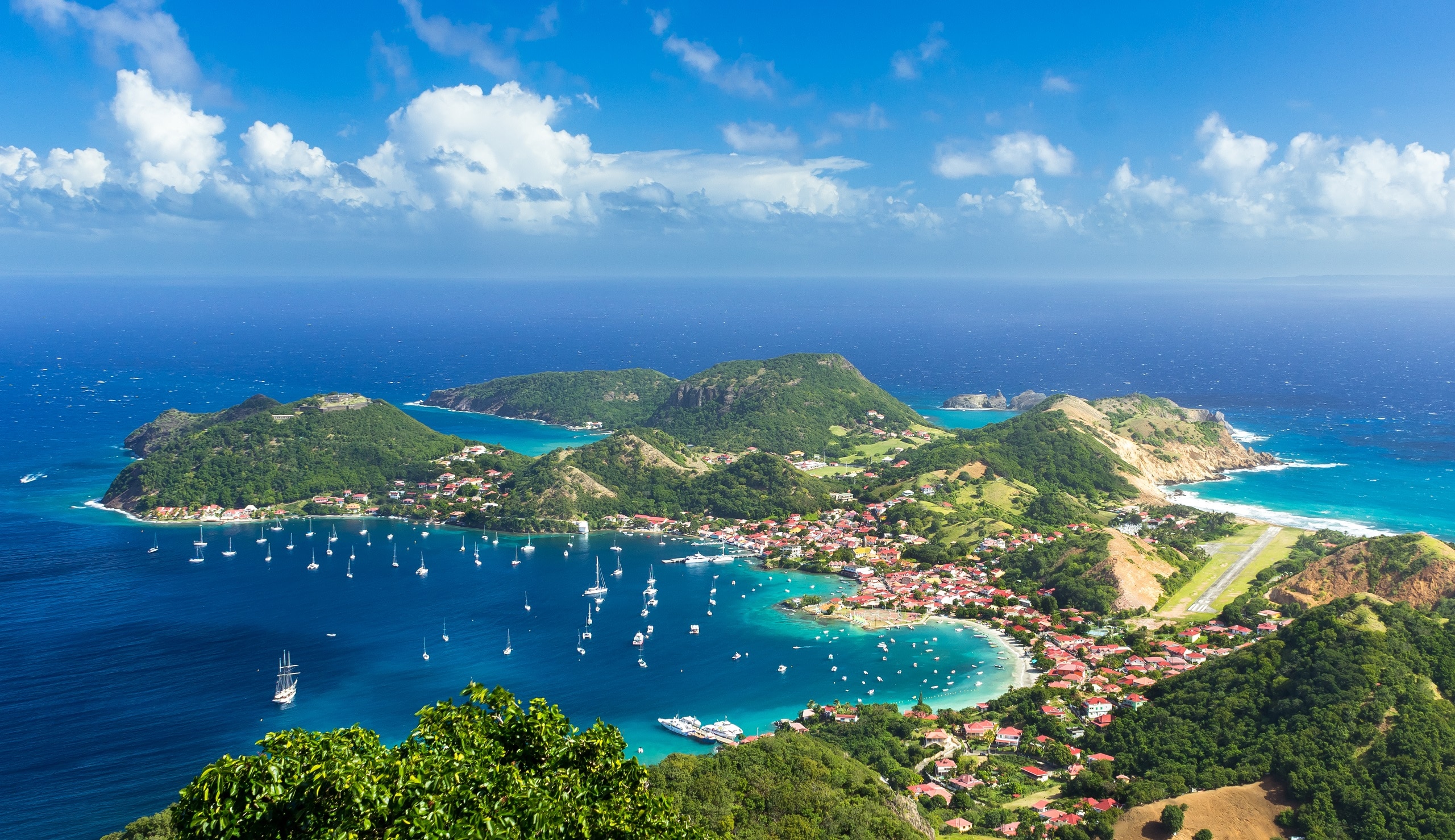Guadeloupe
Basic Information About Guadeloupe:
Population: The population of Guadeloupe is 471,471.
GDP: $ 10.3 billion (2012)
Guadeloupe, a French territory has two main islands, Basse-Terre to the west and Grande-Terre to the east, which are separated by a narrow strait that is crossed with bridges. They are often referred to as a single island. Because Guadeloupe is considered an integral part of France, the island falls under the governing body of the European Zone and the primary currency is the euro. The economy of Guadeloupe depends on tourism, agriculture, light industry and services. The majority of the tourist are from France and other European countries. Guadeloupe is also dependent upon France for large subsidies and imports.
Climate: Guadeloupe has a tropical climate and is hot and humid all year round. The coolest months are January and February with a temperature of approximately 24 °C as daily average, and the warmest months, from June to October, with an average of 27 °C. The most sweltering months are September and October.
People: The population is composed principally of Creoles (i.e., persons born in the islands), most of whom are of mixed African (black) and European (white) ancestry. The largest minorities in Guadeloupe are the black and French Amerindian groups. The white population greatly declined during the period of the French Revolution at the end of the 18th century; today whites make up only a tiny minority. On the smaller islands, whites are mostly descended from 17th-century Norman and Breton settlers.
Religion: Over 80% of the populations are Roman Catholic. Guadeloupe is in the diocese of Basse-Terre (et Pointe-a-Pitre).
Capital: Basse-Terre is the capital city of Guadeloupe, an overseas region and department of France located in the Lesser Antilles.
Language: French is the official language but the local creole is widely spoken.
Currency: The local currency in Guadeloupe is the Euro.
Time Zone: Guadeloupe Standard Time is 4 hours behind Greenwich Mean Time (GMT=4).




